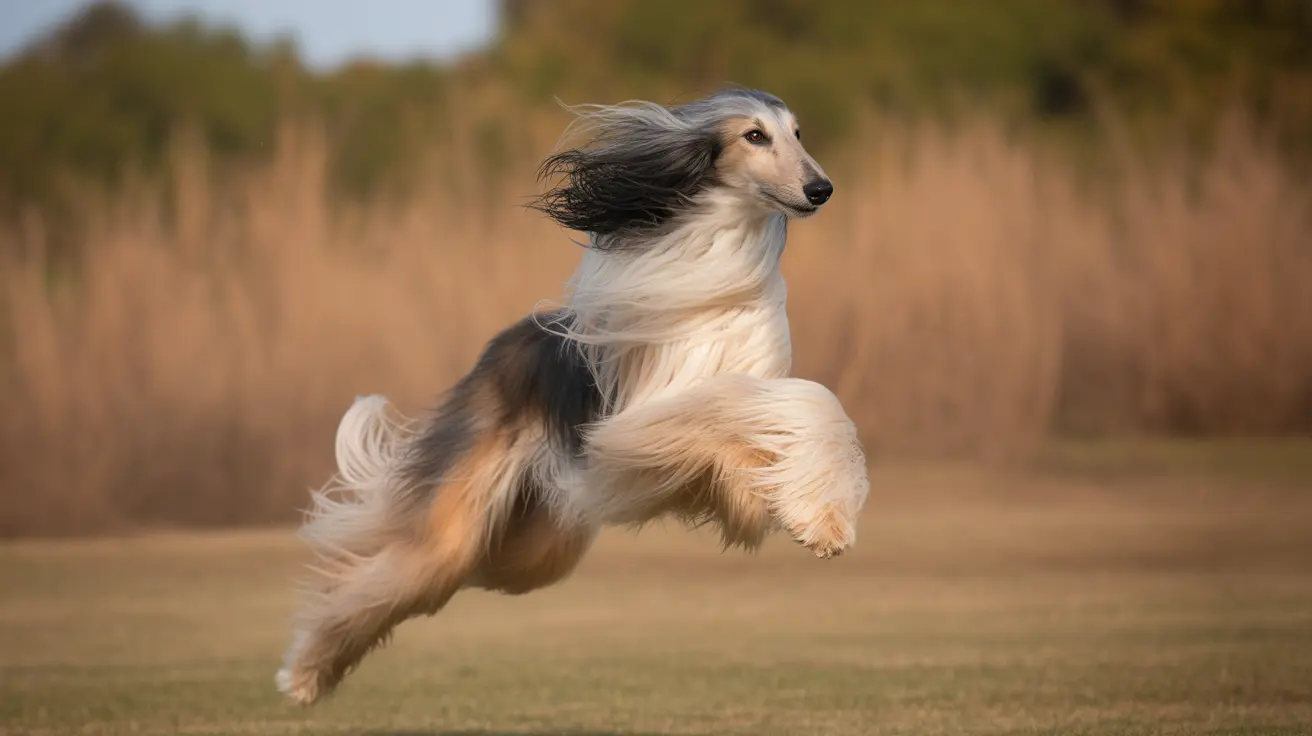The Best Way to Strap a Dog in the Car: A Complete Safety Guide
Traveling with your dog? Ensuring their safety in the car should be a top priority. Just like passengers wear seatbelts, dogs also need secure restraints to prevent injuries during an accident. An unrestrained pet can turn into a dangerous projectile, potentially harming everyone in the vehicle. This guide explains the best ways to strap your dog in the car safely, focusing on verified, crash-tested products.
Why Proper Restraint Matters
Even low-speed accidents can cause serious harm if a pet is not safely contained. Crash forces can turn a small dog into a 1,000-pound force, impacting the front seat or other passengers. Moreover, an unrestrained animal can escape or interfere with driving, causing distractions and accidents.
Top Safety Options for Strapping in a Dog
There are three main types of in-car safety restraints for dogs:
- Harnesses: Guide the force of an impact across the strongest parts of the dog’s body. They integrate with a car’s seatbelt system.
- Crates: Best for larger dogs, crates must be crash-tested and securely anchored to vehicle anchor points.
- Carriers: Ideal for small pets, these must be fastened using seatbelts and maintain structural integrity in a collision.
Crash-Testing: Why It Matters
There are no official government crash-test standards for pet restraints, but the Center for Pet Safety (CPS) provides rigorous independent testing. CPS-certified products go through 30 mph crash simulations that measure:
- Excursion distance
- Structural integrity
- Material strength
- Buckle and stitching failure points
Recommended Crash-Tested Harnesses
- Sleepypod Clickit Sport: Features Infinity Loop webbing and energy-absorbing chest plates. Certified for dogs 18–90 lbs.
- Sleepypod Clickit Terrain: Stronger than the Sport, it suits dogs up to 110 lbs and minimizes failure points.
- Kurgo Impact Harness: Made from 4,000-pound tubular webbing with integrated seatbelt compatibility. Fits dogs 10–108 lbs.
- EzyDog Drive Harness: Tested in Australia, its molded chest/back plates and wide straps distribute crash force.
- Ruffwear Load Up Harness: Allows more mobility but tested to child seat standards. Suitable for anxious dogs.
- AllSafe Comfort Harness: Crash-tested in Europe, constructed from high-strength polyester with advanced buckle locks.
Recommended Crash-Tested Carriers and Crates
- Gunner G1 Kennel: High-end durability, ideal for large dogs.
- Cabela’s GunDog Intermediate Kennel: Secure anchoring and reinforced structure.
- Sleepypod Mobile Pet Bed: Stylish and CPS-certified for small dogs and cats.
- Diggs Travel Pet Carrier: Designed for under-18 lb pets, integrates with seatbelts.
Installation and Fit Tips
- Always follow the manufacturer’s size guide. If your pet is in between sizes, size up.
- Use the “two-finger” rule to confirm harness fit—snug yet comfortable.
- Never use extension tethers or aftermarket seatbelt clips—they increase risk of failure.
- Secure crates with straps at tie-down vehicle points. Crates must not slide or skid.
Factors in Choosing the Right Restraint
- Size & weight: Ensure the restraint accommodates your pet’s breed and build.
- Temperament: Nervous dogs may prefer harnesses that allow limited movement.
- Car type: SUVs offer easier crate installation; sedans may be better for harnesses and carriers.
- Ease of cleaning: Choose wipeable or machine-washable materials.
Safety Limitations
No restraint guarantees 100% safety, especially in high-speed collisions. Most tests use 30 mph simulations. Large breeds may exceed crash-tested limits. Always prioritize secure installation and certified equipment.
Installation Quick Guide
- Put the harness on your dog, adjusting for comfort and tightness.
- Thread the car’s seatbelt through the harness’s designated loops.
- Click the seatbelt buckle and engage any added locking features.
- For crates or carriers, use all provided straps and anchor to tie-down points securely.
Products to Avoid
- Booster dog seats without restraint mechanisms
- Harnesses with extension tethers
- Products lacking verified crash tests
Conclusion
The best way to strap your dog in the car is with a crash-tested harness or crate that integrates tightly with your vehicle’s safety systems. Certified products from organizations like the Center for Pet Safety ensure better protection for your furry companion. Avoid gimmicky products and prioritize proven safety when traveling with your pet.





